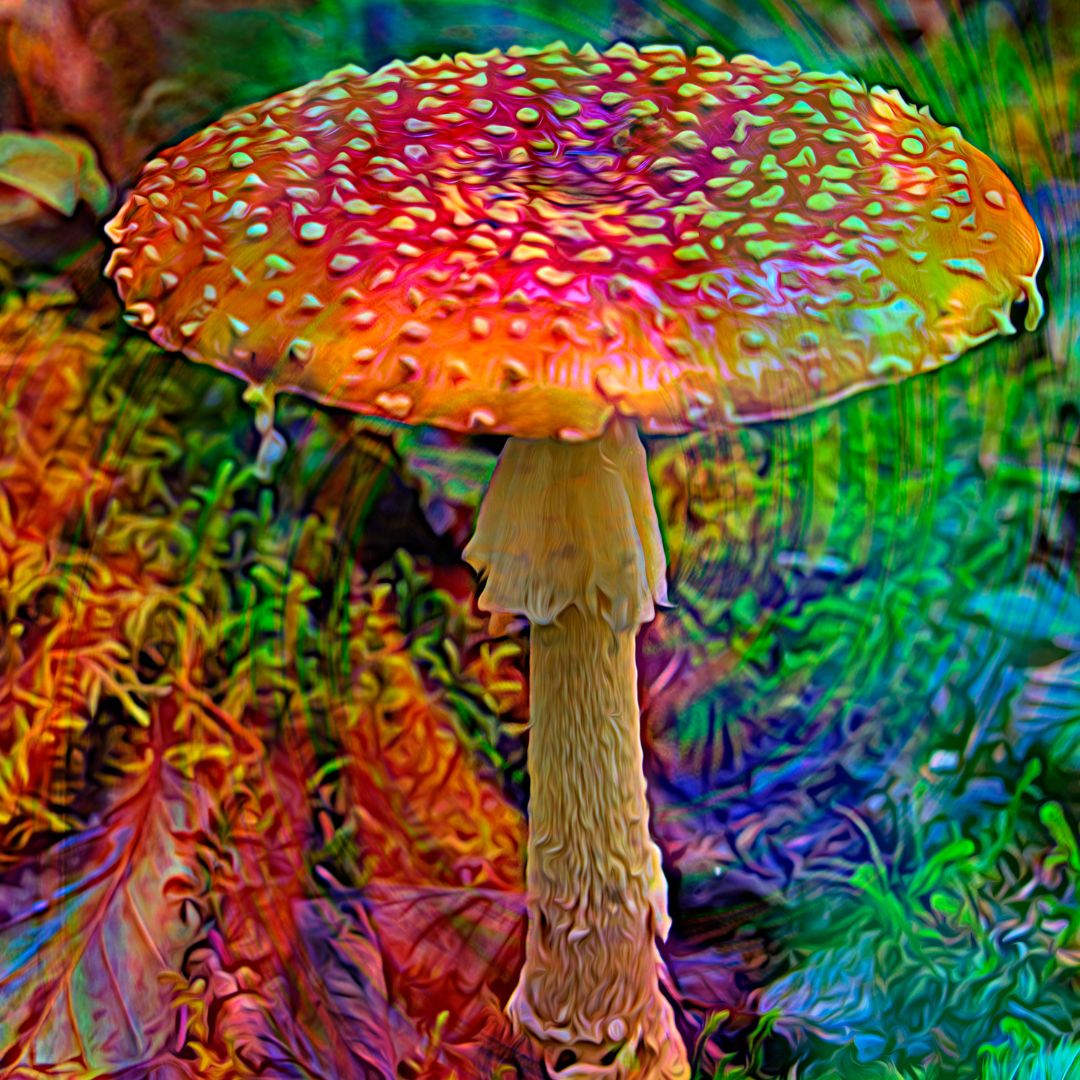
The best Spore Syringes Store in the USA
Here’s a general overview of how spore syringes are used in mushroom cultivation:
Spore Collection: Mushrooms produce spores as part of their reproductive process. These spores are collected from mature mushrooms using various methods, such as allowing the cap of a mature mushroom to release spores onto a clean surface.
Sterile Technique: As mushroom cultivation involves working with microorganisms, maintaining sterile conditions is crucial to prevent contamination from unwanted fungi or bacteria. The entire process of creating spore syringes should take place in a clean and sterile environment, often using a laminar flow hood or a still air box.
Preparation of Syringe: A spore syringe is prepared by injecting a sterile liquid solution, often sterile distilled water with a small amount of nutrients, into a mature mushroom’s cap or spore print. This liquid helps suspend the spores in a uniform manner.
Spore Suspension: The liquid in the syringe is used to dislodge spores from the mushroom’s cap or spore print. The resulting spore suspension is a mixture of water and spores.
Inoculation: The spore syringe is used to inoculate a growth medium. This could be a petri dish with agar (for isolating and propagating specific strains) or a substrate like sterilized grain or sawdust (for bulk mushroom cultivation). The spores germinate on the medium, and mycelium (the fungal equivalent of roots) begins to grow.
Colonization: The mycelium spreads and colonizes the growth medium over a period of time. This process typically involves incubation at controlled temperature and humidity conditions.
Fruiting: Once the mycelium has fully colonized the substrate, conditions are adjusted to induce the development of mushrooms. This involves providing the right temperature, humidity, and sometimes light conditions. Eventually, mushroom pins will form and grow into mature mushrooms.
It’s important to note that using spore syringes and growing mushrooms require a good understanding of sterile techniques, proper equipment, and the specific needs of the mushroom species you are working with. Additionally, laws and regulations surrounding the cultivation of certain types of mushrooms and the possession of spores vary by location, so it’s important to research and understand the legal implications in your area.
SPORE SYRINGE CLUMPS
Spore syringe clumping refers to the phenomenon where spores within a spore syringe aggregate or form clusters instead of being evenly dispersed in the liquid medium. This can happen for a variety of reasons and can potentially affect the success of inoculating a growth medium for mushroom cultivation. Here are a few potential reasons for spore syringe clumping:
Spore Aggregation: Some mushroom species naturally produce spores that have a tendency to clump together. This can happen due to the physical properties of the spores themselves.
Insufficient Agitation: When preparing the spore syringe, if the spore print or cap is not properly agitated or mixed with the liquid medium, clumps of spores can form. Proper agitation and mixing are important to ensure even distribution.
Contamination: Contaminants in the spore solution can cause clumping. For example, if there are particles or microbes present in the liquid, they can adhere to the spores and cause them to clump together.
Improper Sterilization: If the syringe, water, or other components involved in the process are not properly sterilized, contamination can occur. Contaminants can interfere with the dispersion of spores, leading to clumping.
Use of Thick Solution: If the solution used in the syringe is too viscous or thick, it can cause spores to settle or clump together. Using a thinner, more diluted solution can help prevent this.
Storage Conditions: If the spore syringe is stored improperly, spores might settle at the bottom of the syringe over time, leading to clumping. Storing syringes upright and at an appropriate temperature can help mitigate this issue.
To prevent or address spore syringe clumping, consider the following steps:
Proper Agitation: Make sure to thoroughly agitate the spore solution to evenly disperse the spores throughout the liquid.
Sterile Techniques: Maintain sterile conditions during the entire process to prevent contamination that might lead to clumping.
Thin Solution: Use a properly diluted solution to prevent excessive viscosity that can cause spores to settle or clump.
Quality Spore Prints: Start with a high-quality spore print that is free from contaminants and clumps. Properly prepare the spore solution from the print.
Storage: Store spore syringes in an upright position and in a cool, dark place to prevent spores from settling.
If you encounter spore syringe clumping, it’s a good idea to carefully inspect the syringe and the solution before attempting to use it for inoculation. If the clumping is severe, it might be best to create a new spore syringe from a different spore source to ensure successful inoculation and mushroom cultivation.
SPORE SYRINGE LIQUID CULTURE
A spore syringe liquid culture, often referred to as an LC (Liquid Culture), is a technique used in mushroom cultivation to propagate mycelium from spores or a small piece of mushroom tissue in a liquid medium. This liquid culture can then be used to inoculate larger substrate materials for mushroom cultivation. Liquid cultures are particularly useful for quickly expanding mycelium before inoculating bulk substrates, improving the chances of successful and rapid colonization.
Here’s how the process of creating and using a spore syringe liquid culture typically works:
Prepare the Liquid Culture Medium: A suitable liquid medium is prepared to provide nutrients for the mycelium to grow. The medium is typically nutrient-rich, containing sources of carbohydrates, proteins, and other essential nutrients. Common liquid culture media include malt extract, potato dextrose broth, and various other formulations.
Sterilize the Medium: The liquid medium is sterilized to eliminate any competing microorganisms. This is usually done by pressure cooking, autoclaving, or using other sterilization methods.
Inoculate the Liquid Culture: Once the medium has cooled down, a small piece of mycelium or spores are introduced into the liquid. This could be done by injecting a small amount of spore solution or by placing a piece of colonized agar into the medium. A spore syringe can also be used to introduce spores into the liquid.
Incubate: The inoculated liquid culture is then incubated at an appropriate temperature in a controlled environment. Mycelium will start growing and expanding within the liquid medium.
Expansion and Maintenance: As the mycelium grows, it will form a network throughout the liquid culture. Periodically, portions of this culture can be transferred to fresh sterile liquid medium to continue expanding the mycelium and maintaining its vigor.
Inoculation: Once the liquid culture has developed a healthy mycelial network, it can be used to inoculate larger substrates, such as sterilized grain or sawdust, to kickstart the mushroom cultivation process.
Benefits of using spore syringe liquid cultures include faster colonization times and the ability to work with a smaller amount of starting material (like spores or a small piece of mycelium). However, it’s important to maintain sterile conditions throughout the process to prevent contamination, as liquid cultures are more susceptible to contamination compared to solid substrates like agar.
Liquid culture techniques can vary depending on the specific mushroom species being cultivated and the desired outcome. It’s recommended to follow reliable cultivation guides and resources for specific instructions tailored to the mushrooms you’re working with.
MUSHROOM LIQUID CULTURE SYRINGE – SPORE FREE LIVE MYCELIUM
A Mushroom Liquid Culture Syringe with Spore-Free Live Mycelium is a specialized tool used in advanced mushroom cultivation. This syringe contains a liquid culture that consists of actively growing mycelium (the vegetative part of the fungus) but is intentionally free of spores. The goal of using a spore-free liquid culture is to provide a highly colonized and clean mycelial solution that can be used to inoculate substrates for mushroom cultivation without the risk of introducing spores and potential contamination.
Here’s how this process generally works:
Mycelium Isolation: The process starts by isolating a healthy and vigorous mycelium culture from a mature mushroom. This mycelium is typically obtained by transferring a small section of a colonized agar plate or another substrate to a liquid medium.
Liquid Culture Preparation: The isolated mycelium is then introduced to a nutrient-rich liquid medium. This liquid medium supports the growth and expansion of the mycelium.
Colonization: The liquid culture is incubated at an appropriate temperature to allow the mycelium to proliferate and spread throughout the medium. This results in a densely colonized solution.
Syringe Filling: Once the liquid culture has achieved sufficient growth, it’s drawn into a syringe, creating a Mushroom Liquid Culture Syringe. The syringe is kept sterile throughout this process.
Inoculation: These syringes containing spore-free live mycelium can be used to inoculate substrate materials like sterilized grains or other nutrient sources. This accelerates the colonization process compared to starting from spores, as the mycelium is already established and ready to grow.
Mushroom Fruiting: After inoculating the substrate with the mycelium from the liquid culture syringe, the substrate is allowed to colonize fully. Once colonization is complete, environmental conditions are adjusted to encourage the formation and growth of mushrooms.
Using spore-free mycelium liquid cultures offers several advantages in mushroom cultivation:
Reduced Contamination Risk: Since the liquid culture is free of spores, the risk of contamination is minimized. Contaminants can compete with or hinder mushroom growth, so working with spore-free cultures improves the chances of successful cultivation.
Faster Colonization: Starting with established mycelium means that the colonization process is often quicker compared to starting from spores.
Consistency: Using mycelium from a known strain ensures genetic consistency throughout the cultivation process.
It’s important to note that working with spore-free mycelium liquid cultures requires a good understanding of sterile techniques and advanced cultivation practices. Additionally, obtaining spore-free mycelium and creating these syringes may be more complex than working with spore syringes, making it more suitable for experienced cultivators.
